Asteroid Apophis-tribute to Roy Tucker
Asteroid Apophis stacked image
The world lost an avid asteroid hunter on March 5, 2021. Roy Tucker of Tucson, AZ lost his battle with cancer. For the past 2 decades Roy has dedicated his research efforts to the discovery and characterization of Near Earth Asteroids (NEO’s). In particular he was co-discoverer of the potentially-hazardous Asteroid 99942 Apophis, which made a rather close flyby of the Earth/Moon system the evening prior to Roy’s death at a distance of about 10 million miles. Although this may seem very distant, it is actually very close by astronomical standards. It is scheduled to make an even closer approach in 2029 when it will skim by as close as a few thousand miles. This 2029 close passage could determine whether Apophis might actually strike the Earth in the future.
As a tribute to Roy, we captured about 1 ½ hours trajectory (10 arc minutes) of the Asteroid last night in the video attached. The stacked image shows the path through the stars.
The asteroid was located in the constellation Hydra. The star that looks closest in the frame is SAO136839, which looks bright but is actually 15 times too faint to be viewed with the naked eye.
The highly magnified view was collected with the Badlands Observatory 26" f/4.8 Newtonian Reflector telescope. The imaging camera was a ZWO ASI174MM CMOS monochrome astronomy camera. 105 images exposed for 43 seconds each were used for the video and stacked image. SharpCap was used for the capture.
Ron has met Roy personally, and has collaborated with him on several asteroid observations. The July 2007 issue of Discover Magazine featured an article about Roy and Ron "The Asteroid Hunters" because of their asteroid work.
RIP Roy Tucker (1951-2021)

